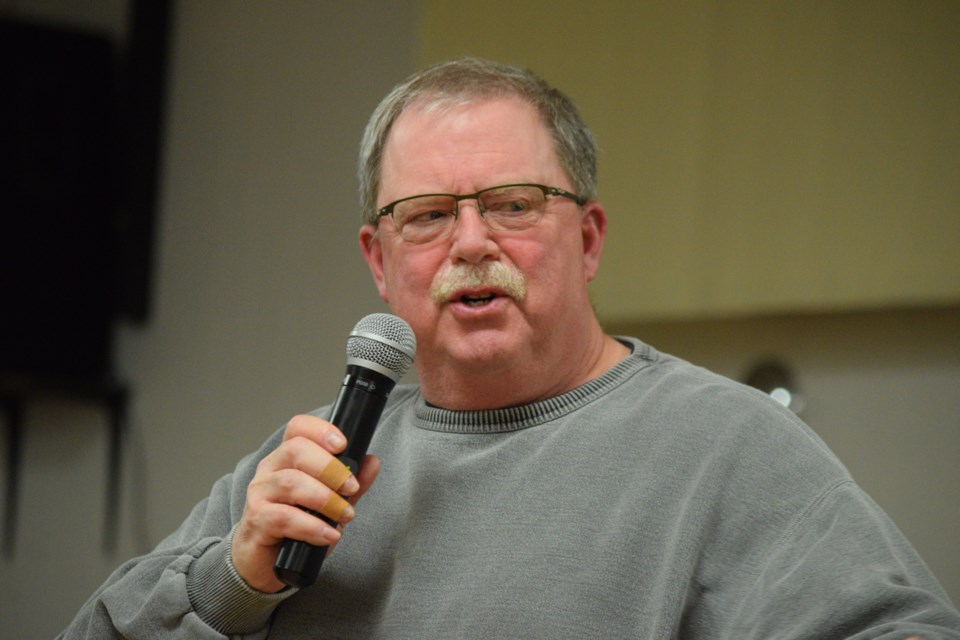BARRHEAD-United Conservative Party (UCP) Spruce Grove-Stony Plain MLA Searle Turton believes many of the province's highways are capable of safely having higher speed limits.
And that is why he introduced a private member's bill (Bill 213) on March 10 to raise the speed limit on non-urban, divided highways — including Highways 1, 2, 3, 4, 16 and 43 — from the current 110 km/h to 120 km/h.
Turton argues that the higher speed limit makes sense because of Alberta's long stretches of mostly empty highways.
“This bill aims to maintain the safety of Albertans and improve the commutes of Albertans across the province and increase the synchronization between posted speed limits and the speed that highways are engineered and constructed for,” he said, in the legislature when he introduced the bill.
However, Town of Barrhead mayor Dave McKenzie is not so sure it is a good idea.
McKenzie is a retired RCMP officer and a traffic and safety consultant.
"Speed kills. Research has shown us when vehicles are travelling faster if they leave the road or are involved in a collision, the damage is that more extensive."
He added he has seen the effect speed can have first hand.
McKenzie said that in the 1980s he was part of a detachment's highway patrol unit, which monitored Highway 16.
"We held the speed pretty tight to the posted maximum and issued a lot of tickets to motorists who routinely went well over that," he said. "What I noticed when I did the monthly collision reports is that although the number of collisions did not go down when people were travelling the posted speed limit, the number of fatalities and serious injuries went down drastically."
He also suggested that raising the speed limit will not necessarily decrease the number of speeders.
"It just means that they will be going even faster," McKenzie said. "Most people have this number or cushion in their mind of how much over the posted limit they can go. If you up the limit, they will just up that self-imposed cushion."
And while McKenzie admits that vehicles are, on the whole, much safer than they were in the 1980s, the number of distractions drivers have to deal with has also increased dramatically.
"Things can happen quickly and they only get faster when a driver is distracted because they are using one of the many features that come in today's vehicles," he said.
Alberta is not the only province that has considered raising speed limits. In 2014, B.C. raised speed limits by as much as 20 km/h on highways. This was done in large part due to lobbying from Sence BC, a volunteer group, which believed speed limits and other traffic laws exist mainly to serve as a steady revenue source for governments.
Four years later, the government rolled back many of the speed limits increases later following a University of British Columbia (UBC) study, which found that fatal crashes had doubled on some highways with higher speed limits.
Barry Kerton, TownandCountryToday.com



